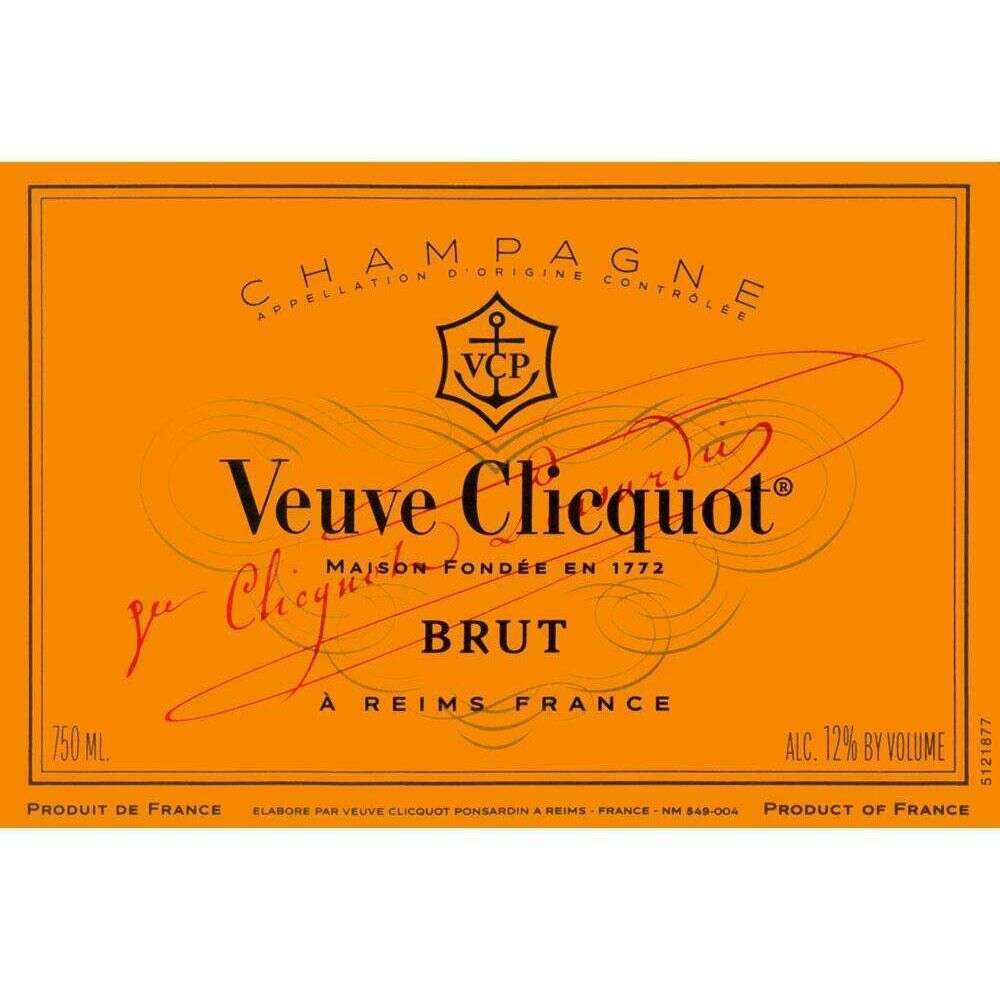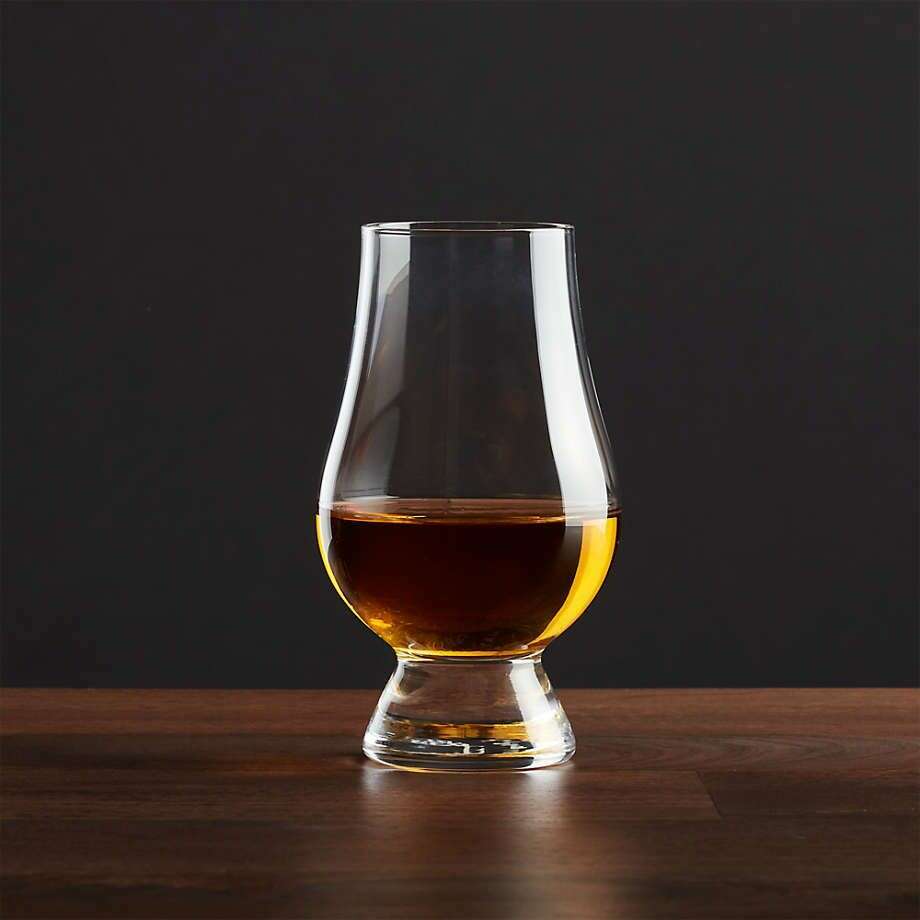Scotch vs. Bourbon: What's the Difference?
When it comes to the world of whiskey, two names stand out as quintessentially representative of their respective regions: Scotch and Bourbon. Both beloved by connoisseurs and casual drinkers alike, these spirits offer distinct experiences that are deeply rooted in their unique histories and production methods. But what truly sets them apart? In this article, we delve into the fascinating nuances between Scotch and Bourbon, exploring their origins, production techniques, and flavor profiles. Whether you're a seasoned aficionado or a curious newcomer, understanding these differences will enhance your appreciation for these iconic spirits.

The Origins: A Tale of Two Regions
Scotch whisky hails from the rugged landscapes of Scotland, a country with a storied history of distillation dating back to the 15th century. The very name "Scotch" is a legally protected term, signifying a whisky that has been distilled and matured in Scotland for at least three years. Among the notable Scotches is the Johnnie Walker Blue Label, renowned for its smooth, rich character.
In contrast, Bourbon is a distinctly American spirit, with its roots firmly planted in the fertile soils of Kentucky. The birth of Bourbon is attributed to the late 18th century when settlers began distilling corn-based spirits in the region. To qualify as Bourbon, the whiskey must be produced in the United States, contain at least 51% corn, and be aged in new charred oak barrels. A classic example of Bourbon craftsmanship is the E.H. Taylor Jr. Bourbon Small Batch, lauded for its balanced and complex profile.
Production Methods: Crafting the Spirit
Scotch whisky production involves meticulous processes that vary among the different types, including single malt and blended varieties. Single malts, like the Oban Little Bay Single Malt, are made from malted barley and distilled at a single distillery. The whisky is typically aged in oak barrels, which impart unique flavors depending on the previous contents of the cask, such as sherry or port.
On the other hand, Bourbon production is defined by its mash bill, primarily composed of corn, with the remainder consisting of rye, wheat, or barley. The whiskey is distilled to no more than 80% alcohol by volume and enters the barrel at no more than 62.5% alcohol by volume. The use of new charred oak barrels is a crucial element that contributes to Bourbon's characteristic deep amber color and rich vanilla and caramel notes. Examples like the Blanton's Original Single Barrel Bourbon Whiskey exemplify the traditional craftsmanship of Bourbon production.

Flavor Profiles: A Symphony of Tastes
The flavor profiles of Scotch and Bourbon are as diverse as the regions they come from. Scotch whiskies often display a wide range of tastes from the smoky, peaty notes of Islay malts to the fruity, floral characteristics of Speyside whiskies. The Macallan 15 Year Old Double Cask Single Malt Scotch offers a harmonious blend of citrus and oak, showcasing the diversity within Scotch.
Bourbon, conversely, tends to exhibit sweeter and more robust flavors, with prominent vanilla, caramel, and spice notes. This sweetness is largely attributed to the high corn content and the influence of new charred oak barrels. The complexity and warmth of Bourbons like the E.H. Taylor Jr. Small Batch make them a distinctive choice for those who appreciate bold, rich spirits.

Where to Buy
For those ready to explore the distinct worlds of Scotch and Bourbon, several retailers offer a wide selection of these spirits. While many local liquor stores stock popular brands, specialized online retailers provide a convenient way to access a broader range of options.
One such retailer is Bourbon Central, where you can find a curated selection of both Scotch and Bourbon, including the luxurious Johnnie Walker Blue Label and the esteemed Blanton's Original Single Barrel Bourbon Whiskey.
Whether your preference leans towards the smoky allure of Scotch or the bold sweetness of Bourbon, exploring these spirits is a journey worth embarking on. Each bottle tells a story of its heritage, craftsmanship, and the region it hails from. Cheers to discovering your perfect dram!




